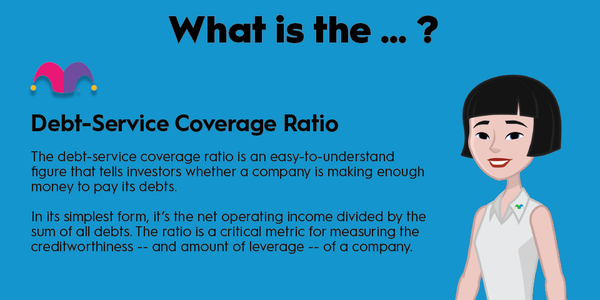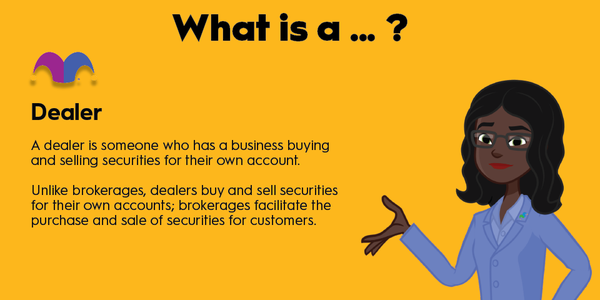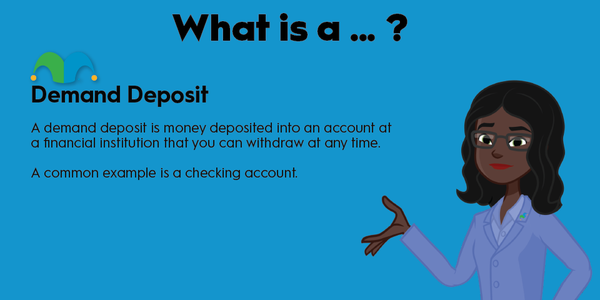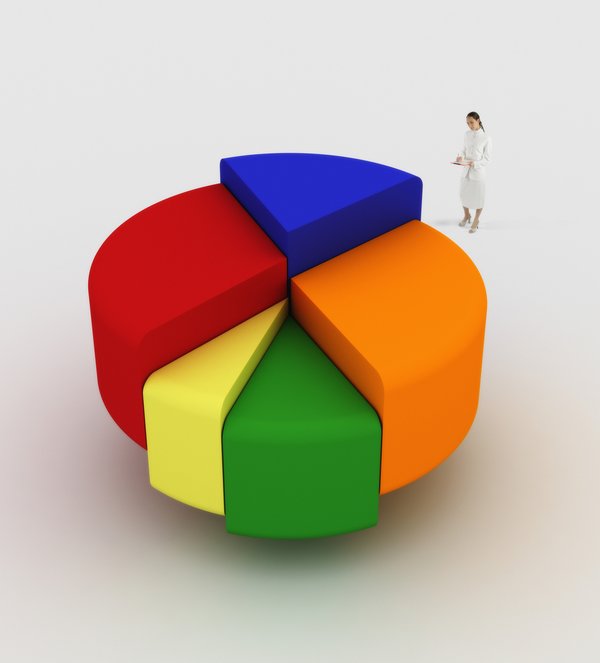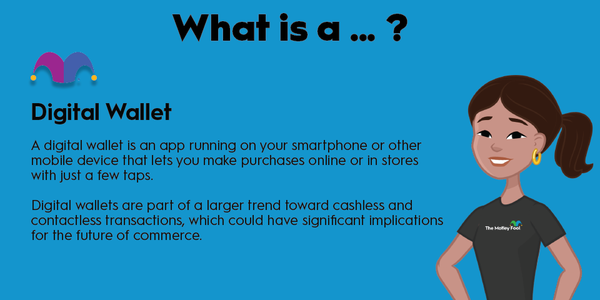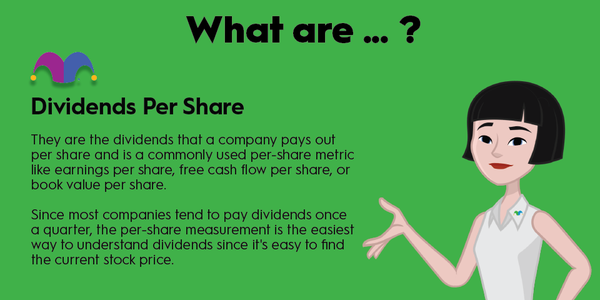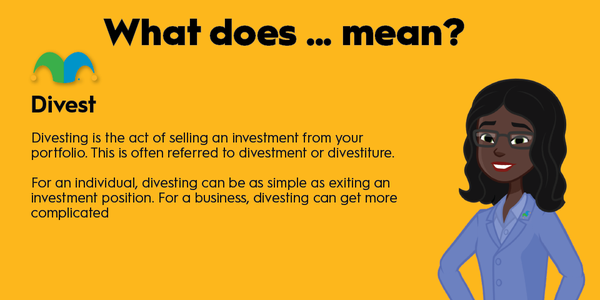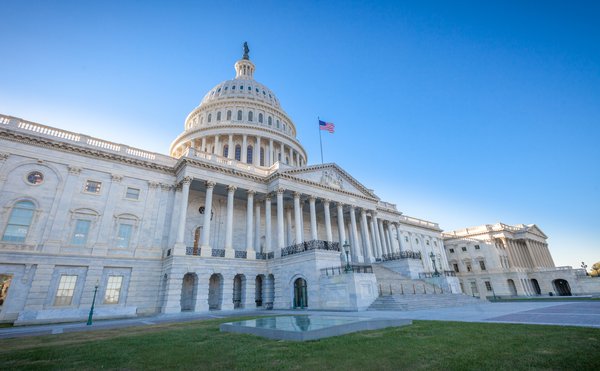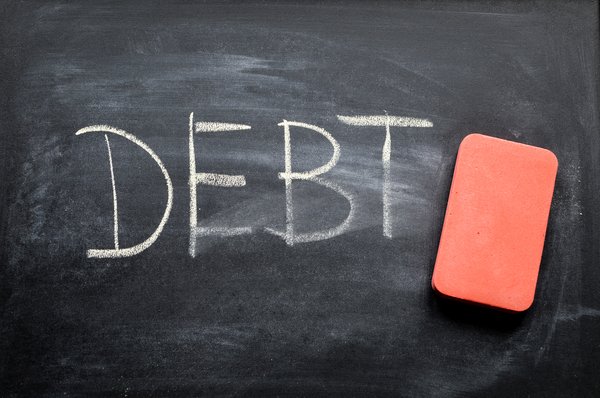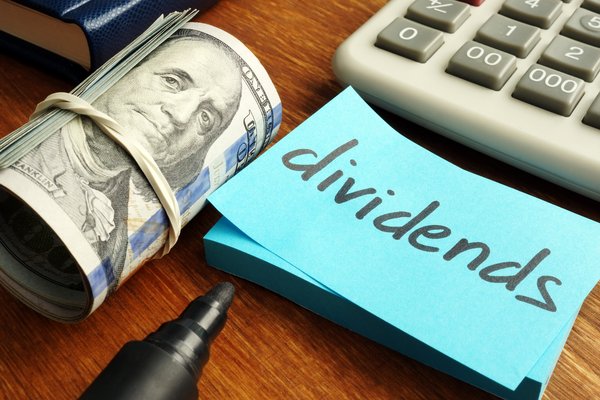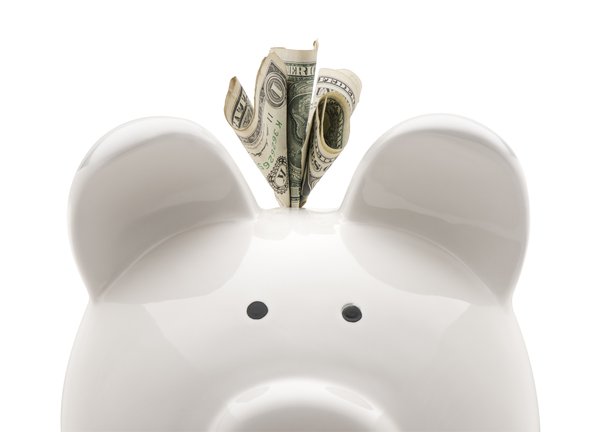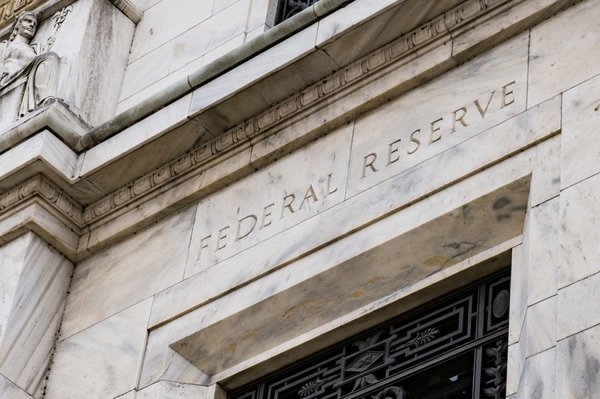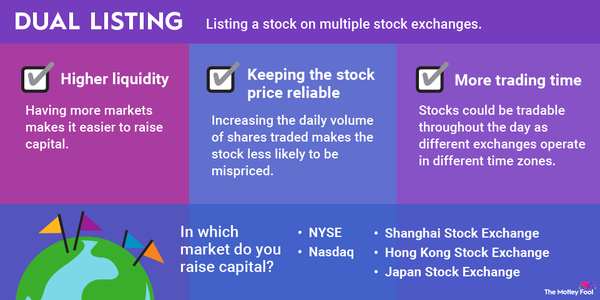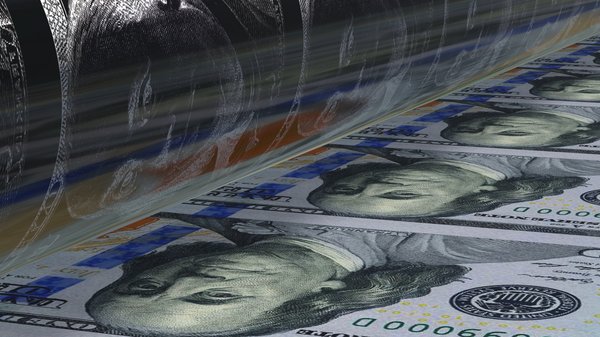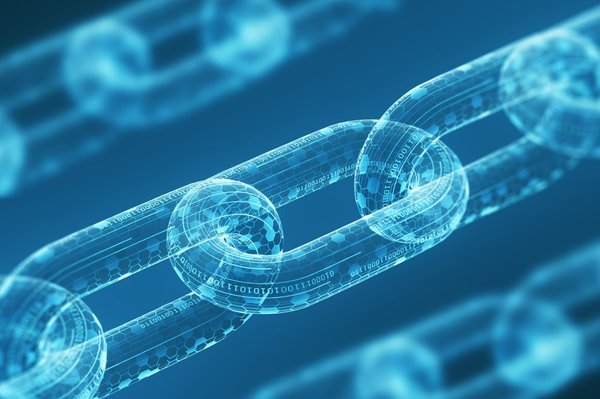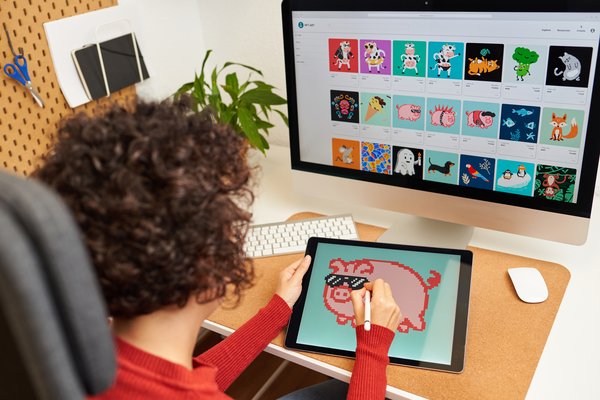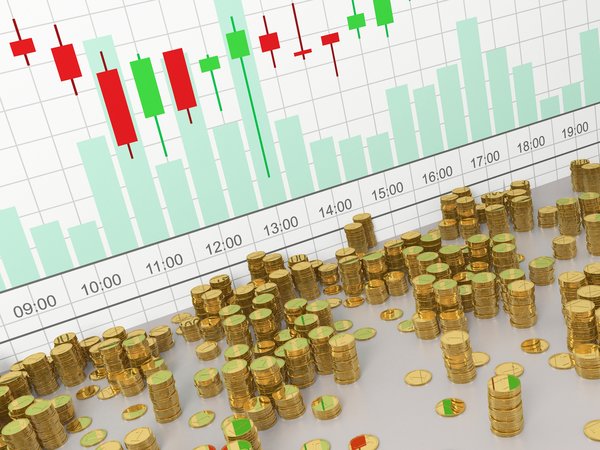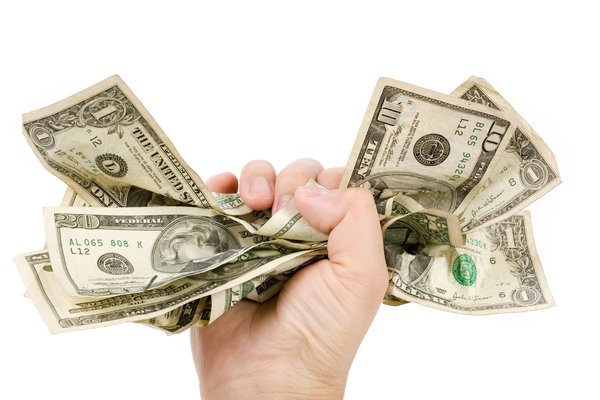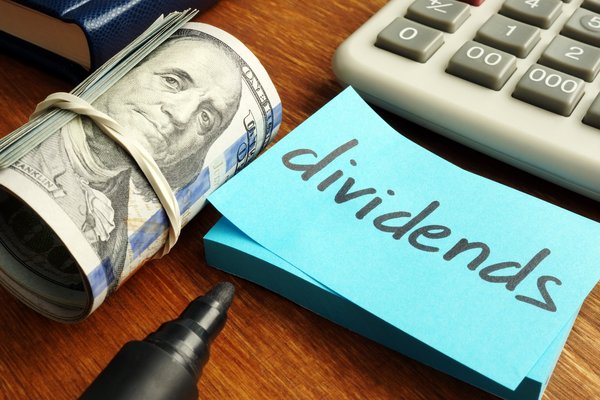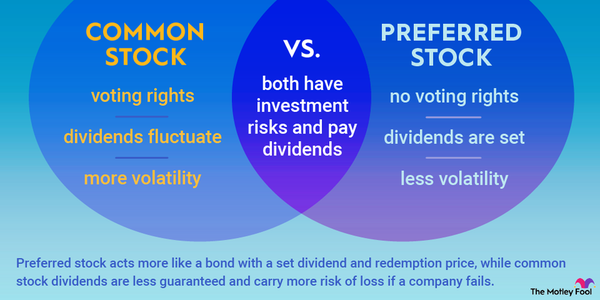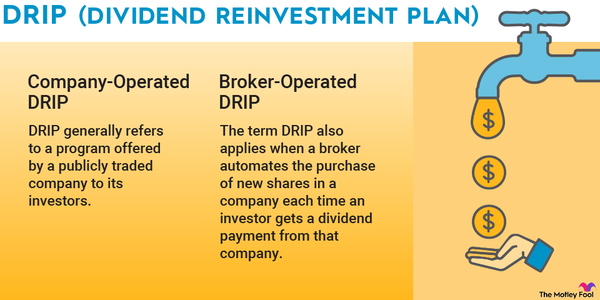A decentralized application, also known as a dApp, is a program built on top of a decentralized network using blockchain technology. Decentralized applications will combine the power of smart contracts with a user interface to allow people to utilize blockchain technology in new ways. dApps aren’t controlled by a single authority, and their rules are enforced by the network maintaining the blockchain.
This article will review what decentralized applications are, how they differ from traditional computer applications, examples of dApps, advantages and disadvantages of dApps, and how you can invest in decentralized applications.

What is a dApp?
What is a decentralized application (dApp)?
A normal web application is controlled by a single authority. It might keep the source code private. It might host the app on its own servers. And the authority controls who uses it and how they use it.
A decentralized application runs on a distributed network. The source code is on a blockchain, and every computer on the network, or node, holds a copy of the blockchain. That means everyone can see the source code, and everyone is allowed to use the application. And since the blockchain is immutable, it also means the application can be difficult to modify.
Examples
Decentralized application examples
Developers have built hundreds of decentralized applications across a variety of verticals, including finance, gaming, and media.
Here are some examples of decentralized applications:
- Uniswap. A decentralized exchange enabling users to swap one cryptocurrency for another without going through a central intermediary.
- Aave. A protocol for lending, borrowing, staking, and earning interest on cryptocurrency. Aave creates liquidity for other decentralized finance (DeFi) apps.
- Cryptokitties. A blockchain-based game where users collect, breed, and sell non-fungible tokens (NFTs) depicting cats.
- Steemit. A blogging and social media application. Users can earn its native currency, STEEM, for publishing and curating content.
- Opensea. An NFT trading marketplace.
- Audius. A music streaming application. Streaming rights are owned by users holding an NFT representing an audio file. Rights holders are paid whenever someone streams that track.
- MakerDAO. Allows users to stake their Ethereum (ETH 0.73%) tokens in exchange for a line of credit. They can access the credit through the DAI (DAI 0.0%) stablecoin, which is pegged to the U.S. dollar. This allows people to access the value of their cryptocurrency holdings without having to liquidate and pay taxes.
Advantages and disadvantages
Advantages and disadvantages of decentralized applications
Decentralized applications have several advantages and disadvantages compared to their centralized counterparts.
Advantages
- Privacy. You don’t need to provide any identifying information to use most dApps.
- Security. Since the data and application are stored on the blockchain, bad actors cannot modify data or generate fraudulent data en masse. The only way to interact with the blockchain is by using your private key.
- Open. Anyone can use a decentralized application in any way they see fit. The dApp creator cannot censor or block users. (This may be seen as a disadvantage in some cases.)
- No downtime. Since the application lives on the decentralized network, there’s no single point of failure for a dApp. As long as at least one node is operating, the dApp will be available to anyone that wants to use it.
Disadvantages
- Difficult to scale. Blockchains are limited in the number of transactions they can perform per second. For example, Ethereum’s network can only process about 30 transactions per second. Solana (SOL 4.58%) supports as many as 50,000 transactions per second.
- Hard to use. Decentralized applications typically require some technical know-how and additional tools beyond a simple web browser or mobile app. Creating a simple user interface can prove difficult and may hinder applications seeking mass adoption.
- Difficult to maintain and update. Data on the blockchain isn’t meant to be changed. Since dApp code lives on the blockchain, making updates to how a dApp functions can be very difficult.
Related investing topics
Investing in dApps
Investing in decentralized applications (dApps)
There are two ways you could invest in decentralized applications.
The straightforward way to invest in a dApp is by buying the native token of the application or applications you’re interested in. For example, if you think more and more people will start using Uniswap to exchange their tokens, you can buy the Uniswap Protocol Token (UNI 4.86%).
Alternatively, you can invest in the native tokens for a blockchain designed to support the dApps you find most interesting. Ethereum’s token is one example since Ethereum is the most popular network for building dApps. MATIC (MATIC 0.8%) is used to power Polygon’s blockchain, which is built on top of Ethereum and aims to improve various areas where the older blockchain falls short, particularly in dApps.
As in most industries, there’s more than one way to invest in the success of a single product, service, or idea. It’s important to do your research and determine how each unique cryptocurrency is affected by changing trends, as well as how people use the currencies. As with any investment, be sure to know the risks before you put your money to work.



